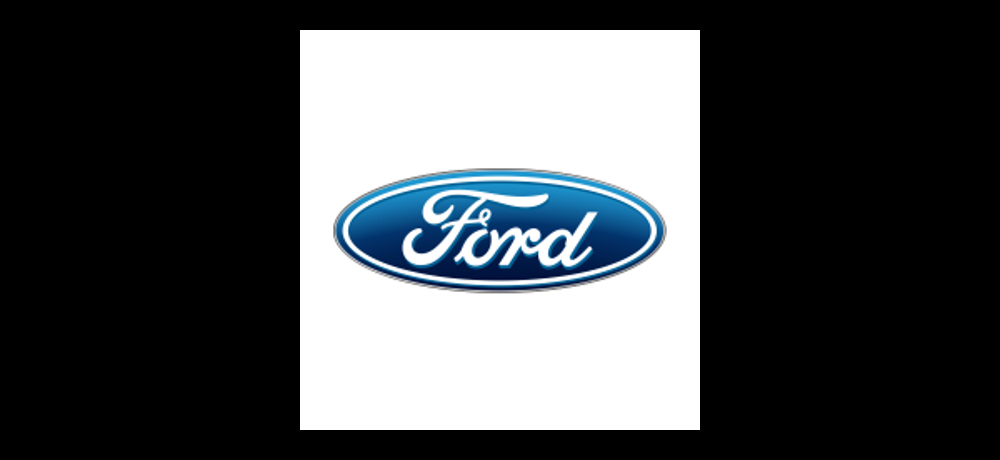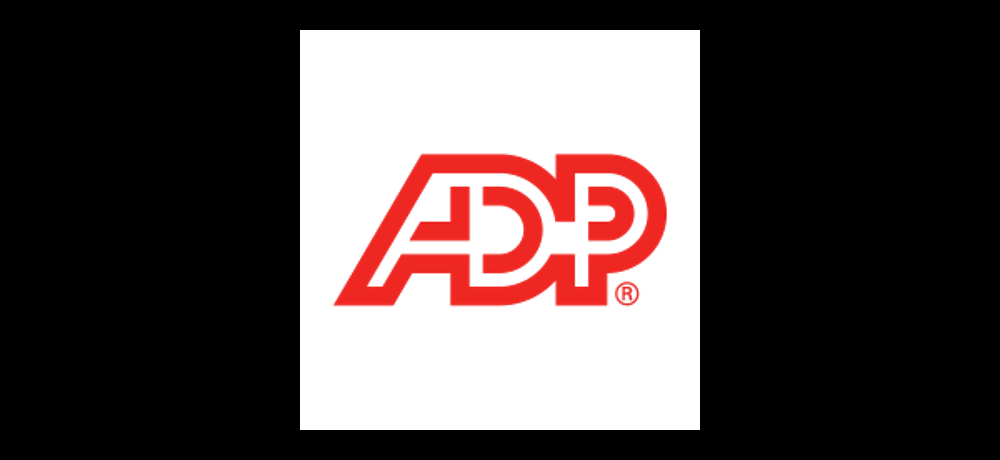Tesla (TSLA) is walking a tightrope as electric-vehicle deliveries slide and its autonomous robotaxi venture remains embryonic. On its Q2 earnings call, Elon Musk said Tesla is “getting the regulatory permission to launch” robotaxis in California, Nevada, Arizona and Florida, aiming to serve half the U.S. population by year-end and scale fleet operations by late next year. Yet the lone pilot fleet in Austin still isn’t open to public riders.
That optimism masks mounting headwinds in Tesla’s core EV business. First-half deliveries fell 13% as an aging lineup, brand damage from Musk’s political activism and the impending loss of a $7,500 tax credit dampened demand. Musk conceded the risk of “a few rough quarters,” and shares tumbled over 8% mid-session Thursday, extending a 24% year-to-date slide.
Market Overview:- Regulatory approvals are now the gating factor for robotaxi expansion
- EV sales declines highlight vulnerability in Tesla’s aging model range
- Political activism and subsidy cuts compound demand headwinds
- Tesla targets robotaxi service across four states by year-end; public rollout next year
- H1 deliveries down 13%; shares off ~24% YTD after sliding 8% on tariff and demand fears
- $7,500 U.S. EV tax credit expires soon—heightening pressure on entry-level models
- California regulators say Tesla hasn’t filed for all DMV and CPUC permits yet
- Waymo logged 13M testing miles and seven approvals over nine years before charging fares
- Tesla’s 562 California miles since 2016 and no AV miles reported in six years raise concerns
- Tesla’s push into autonomous mobility could unlock new revenue streams and revive the growth narrative if robotaxi services gain traction, especially in large Sun Belt states with car-centric urban layouts.
- Early regulatory signals suggest growing political openness to AV launches, and if Tesla moves quickly, it could be first-to-market in several key regions, setting the standard for scale and pricing in U.S. autonomous ridehailing.
- Despite recent delivery declines, Tesla’s established charging network, vertical integration, and experience in battery and software tech give it infrastructure advantages other entrants will struggle to match.
- The pullback in stock price and guidance for “a few rough quarters” may temper expectations and reset the valuation base, setting up potential outperformance if robotaxi milestones are met or if EV demand stabilizes.
- Successful robotaxi pilot launches could shift the conversation from near-term delivery woes to long-term platform potential, reviving institutional interest and supporting multiple expansion over time.
- If entry-level sales recover—either through refreshed lineup or post-subsidy price action—Tesla could defend its EV leadership even as competitors struggle with margin pressures and brand positioning.
- H1 EV deliveries fell 13% and shares are off 24% YTD, reflecting demand erosion as Tesla faces brand fatigue, subsidy expirations, and competition across global markets.
- Robotaxi optimism is undercut by practical regulatory obstacles—California agencies report Tesla hasn’t even filed for all required permits, and the firm’s autonomous miles are dwarfed by more established rivals like Waymo.
- Musk’s political activism and recurring controversy risk eroding brand equity and making regulatory negotiations or customer acquisition more challenging, particularly with mainstream buyers and policymakers.
- The timeline for robust robotaxi rollouts is speculative, with only a small pilot running in Austin and no public riders yet, calling into question near-term revenue contributions or material fleet deployments by year-end.
- The expiration of the $7,500 tax credit increases price sensitivity in the core U.S. EV market just as demand cools, raising the risk of further delivery declines and margin compression.
- Waymo’s multi-year, heavily vetted approach (13 million California test miles and seven discrete regulatory approvals) exposes an audacious gap in Tesla’s readiness and could lead to timeline slippage, further investor disappointment, or regulatory pushback.
Regulatory hurdles loom larger than Musk suggested, with state agencies awaiting applications for the full suite of permits needed to carry paying passengers. Unlike Waymo’s decade-long, 13 million-mile build-out, Tesla’s California record shows just 562 test miles and zero reported autonomous miles since 2019—an audacious gap in its timeline.
Investors and analysts are clamoring for specifics on when the Austin fleet will open to riders and how many vehicles will be deployed. Gene Munster criticized the lack of hard estimates, while Morgan Stanley (MS) forecasts signal lower sales and higher costs ahead. Even President Trump waded in, denying any plan to strip Tesla of federal subsidies—a reminder that Musk’s political entanglements can ripple through both factories and financial markets.




